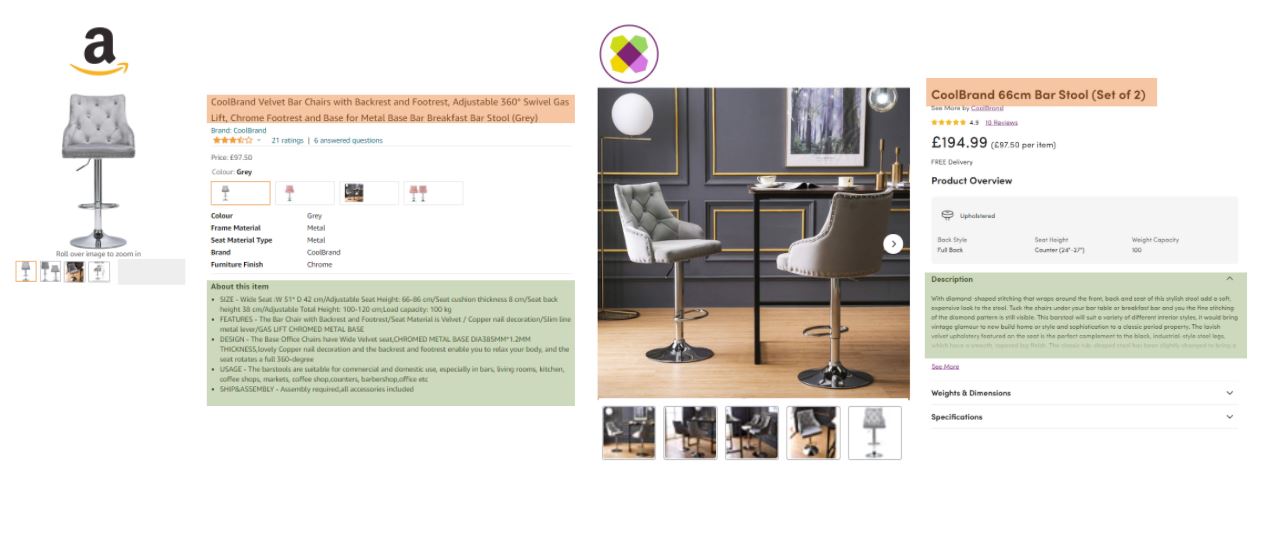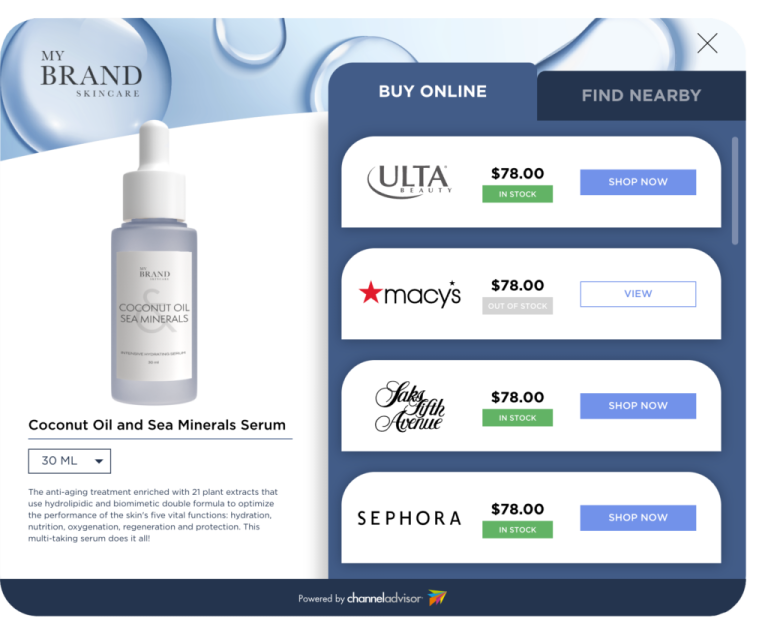Customizing product information for different websites, retail partners and marketplaces can be a time-consuming task and error-prone task. Proper management of your product data can be critical to your success, helping you take control of data, expand your business, increase capacity and protect brand equity. We created this blog series to help you understand effective Retail Content Management techniques, along with detailed and practical recommendations to help you improve them. In Part 3, we look at tips and tricks for improving visibility on your retailer sites. (Read Part 1 and Part 2 here.)
—
Great news, your product data is configured and currently reaching all of your retail destinations efficiently and with minimal errors. You’re done, right?
Unfortunately not. As any experienced brand well knows, product data is not a “set it and forget it” part of your e-commerce business. Retail destinations are ever-changing their requirements, while brands also need to adjust inventory to meet evolving consumer demands.
At the same time, visibility is becoming increasingly more difficult across every site — a trend only accelerated by the COVID-19 pandemic. According to a survey we conducted in August of 2020, 45% of US consumers are spending more time on Amazon than they were before the pandemic and 35% of consumers are spending more time on other retail sites like eBay, Target and Walmart. More online shoppers mean more brands, more products and stronger competition for prime positions on the digital shelf.
To succeed in the crowded e-commerce space, you need to take a consistent and proactive approach to maintain your product data. Neglecting your data and not optimizing it for maximum visibility could impact your sales, as well as strain your relationships with your retail partners. Many retailers actually reward sellers with optimized and enhanced content by giving those products added visibility.
So how can you consistently optimize your content to increase visibility for your brand? Below, we outline five proven tactics.
5 Tips to Gain More Visibility on Retailer Sites
1. Consider the customer journey
Retailers often base their product data requirements on what their consumers look for when considering purchases on those sites. This criteria will continue to evolve, so those requirements will naturally change often. It’s important for you to understand what the requirements are for each channel and assess the customer journey for that specific channel. That way, you can develop a dedicated optimization strategy for each channel and ensure your product data is enhanced accordingly.
2. Take inventory of your inventory
Before consolidating your product data, you must first conduct a comprehensive audit of your product inventory. You’ll need to develop an understanding of where your product data lives within your internal systems, assess how much data you have and learn where the gaps lie when compared to the requirements of each individual channel.
And don’t stop there. Getting in the habit of regularly auditing your product inventory against the requirements of retailers can help you stay on top of changes and improve your performance.
3. Consistency is key
Data compliance is critical to products appearing on retail sites, but consistency helps too. If you structure your entire product catalog data consistently across each channel, you’ll be able to better identify missing information and learn what’s keeping certain products from showing up. Moreover, it gives the interested consumers a consistent journey and can increase trust in your brand.
4. It pays to be an overachiever
You don’t have to stick to just the required data points. Optimize your product data by providing more information. That means filling out the optional and recommended data fields just as you would for required ones.
5. Optimize product data according to the channel
Titles, descriptions and several other basic data points are required by most retailers. But that doesn’t mean that you need to provide the exact same data. Take a look at product listings on that retail channel as a consumer. What sticks out? What is emphasized in that layout? How can you optimize your product data according to that channel?
Below is an example of the same product on two different channels. The highlighted areas (in orange and green) show the difference in both title and description.

Interested in learning more about Retail Content Management? Stay tuned! In Part 4 of this blog series, we’ll show you how to choose the best retail content management solution for your brand. Subscribe to the ChannelAdvisor blog, and we’ll be sure to update you as new content becomes available.






